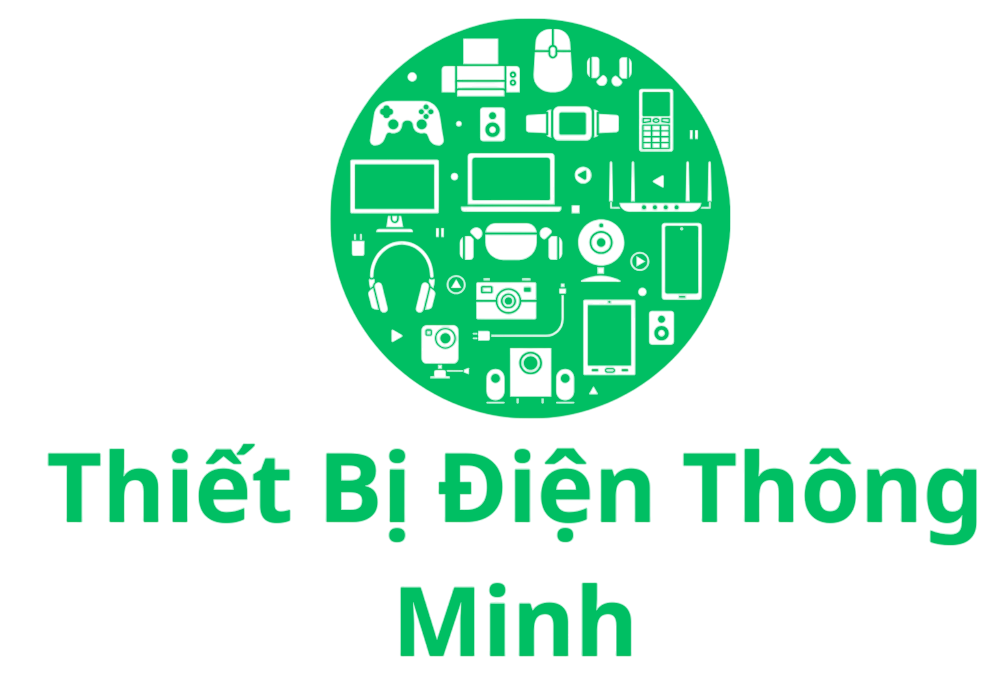In recent years, AI has fundamentally changed multiple fields, but certainly no area has seen more fascinating innovations than visual content creation.
Leading the way of this revolution are GANs – a fascinating deployment of neural networks that have disrupted how we synthesize pictures.
Defining GANs
GAN systems were first introduced by machine learning expert Ian Goodfellow and his research group in 2014. This revolutionary system features two AI systems that collaborate in an adversarial manner.
The first network, on adobe.com referred to as the synthesizer, aims to generate pictures that look true-to-life. The evaluative network, named the evaluator, aims to discern between real images and those synthesized by the image creator.
This contest produces a powerful learning mechanism. As the evaluator gets better at spotting artificial visuals, the composer must develop its capability to generate more authentic content.
The Advancement of GAN Models
In recent years, GANs have witnessed extraordinary progress. Early models had difficulty with creating detailed outputs and often made blurry or unnatural images.
Still, improved generations like DC-GAN (Deep Convolutional GAN), Progressive Generative Adversarial Network, and StyleGAN have substantially advanced output clarity.
Arguably the most impressive improvement came with Style Generative Adversarial Network 2, developed by NVIDIA researchers, which can synthesize extraordinarily authentic facial images that are frequently difficult to distinguish from real photographs to the general public.
Deployments of GAN Models in Picture Synthesis
The implementations of GAN frameworks in digital imagery are vast and constantly develop. Below are some of the most compelling applications:
Artistic Generation
GANs have forged new possibilities for artistic development. Applications like DeepArt enable creative professionals to produce extraordinary images by simply providing what they desire.
In 2018, the picture “Portrait of Edmond de Belamy,” made by a GAN, was auctioned for a remarkable $432,500 at Christie’s art auction, marking the original transaction of an AI-generated painting at a significant auction house.
Photo Refinement
GANs perform remarkably in activities like image optimization. Programs powered by GAN frameworks can upscale low-resolution photos, repair degraded photographs, and even chromatize B&W visuals.
This has important applications for maintaining historical records, permitting for old or compromised pictures to be revitalized to superior clarity.
Training Data Expansion
In computational modeling, securing large data corpora is crucial. GANs can create extra cases, contributing to address shortages in available samples.
This use is particularly valuable in fields like medical imaging, where confidentiality issues and shortage of specific cases can reduce accessible datasets.
Fashion Innovation
In the fashion world, GANs are finding application to develop new fashion items, embellishments, and even entire collections.
Clothing designers can leverage GAN models to visualize how special designs might display on various models or in diverse shades, substantially expediting the design process.
Visual Assets
For content creators, GANs furnish a strong means for creating original visuals. This is notably helpful in areas like publicity, gaming, and social media, where there is a perpetual need for original imagery.
Technical Limitations
Notwithstanding their remarkable abilities, GANs keep experiencing many development obstacles:
Mode Collapse
One significant obstacle is learning disruption, where the creator makes a restricted range of results, bypassing the complete range of viable outputs.
Collection Skew
GANs learn from the information they’re exposed to. If this training set holds preferences, the GAN will copy these predispositions in its outputs.
To demonstrate, if a GAN is mostly educated on photographs of select populations, it may find it challenging to develop assorted images.
Hardware Requirements
Developing advanced GAN frameworks requires extensive computing capabilities, containing advanced GPUs or TPUs. This creates a restriction for various developers and modest institutions.
Ethical Dilemmas
As with various machine learning applications, GANs pose considerable ethical challenges:
Artificial Content and Falsity
Maybe the most disturbing use of GAN systems is the production of false imagery – extraordinarily genuine but fake material that can depict actual individuals executing or voicing things they never truly conducted or declared.
This power generates important questions about disinformation, political manipulation, involuntary pornography, and other harmful deployments.
Information Safety
The ability to create authentic representations of humans causes substantial data protection issues. Uncertainties about permission, rights, and proper application of visage become progressively significant.
Aesthetic Merit and Credit
As AI-synthesized art becomes more sophisticated, concerns manifest about generation, attribution, and the merit of human creativity. Who should receive credit for an image produced by an AI system that was designed by developers and instructed on artists’ work?
The Horizon of GAN Technology
Gazing forward, GAN models persistently develop at a quick velocity. Multiple compelling innovations are on the horizon:
Cross-domain Generators
Future GANs will likely develop continually able of performing across multiple modalities, integrating written content, visual, auditory, and even cinematic content into harmonious productions.
Improved Direction
Developers are constructing strategies to provide operators with enhanced guidance over the generated results, allowing for more particular modifications to unique components of the created outputs.
Greater Optimization
Advanced GAN implementations will presumably become more streamlined, demanding fewer computing power to create and execute, making these applications more accessible to a more extensive range of creators.
Summary
GAN technology have certainly revolutionized the field of digital imagery. From producing creative pieces to enhancing medical imaging, these robust technologies unceasingly broaden the possibilities of what’s achievable with AI.
As these capabilities unceasingly advance, navigating the substantial advantageous applications with the ethical considerations will be critical to securing that GAN systems improves substantially to humanity.
Regardless of whether we’re employing GANs to synthesize remarkable graphics, renew aged pictures, or enhance medical analyses, it’s clear that these outstanding models will persistently influence our image ecosystem for ages to ensue.
ai nudifiers
